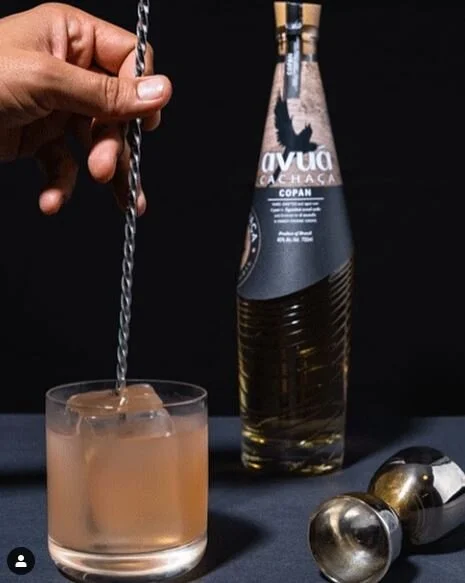Source: @avuacachaca
AVUA CACHACA
Brazil
Cachaça is a spirit with almost five hundred years of history, distilling and blending the three great trends in Brazilian culture: Indian, African, and Portuguese. It is a distilled spirit made from fresh sugarcane juice and can be made in any part of Brazil. There are two types of cachaça, artisanal and industrial. In Brazil, these cachaças are perceived very differently – industrial cachaca being like a cheap vodka and artisanal cachaca being a product for connoisseurs. While there are a number of differences, the basic distinction is the use of column stills (industrial) and pot stills (artisanal).
Industrial cachaças are similar to cheap aguardientes, and are principally used by the poor people in the favelas, or Brazilian slums mostly populated by ex-slaves from the NE part of Brazil immigrating to the richer south. They are generally produced in very high volume column stills, often used for the production of sugarcane-based ethanol for cars and trucks and often have oily or greasy flavors, and retail in Brazil for about $1.50. These include large numbers of the cachaças available in the U.S. Cachaça is the third-most consumed spirit in the world, with about 7,000 artisanal distillers within Brazil creating a very wide variety of artisanal products.
In contrast, artisanal cachaças are highly controlled, delicate distillations within pot stills, fermented using more delicate and/or local wild yeast strains and the rarest forms can retail in Brazil for up to $500 USD, particularly the rare Minas Gerais cachaças.
It is defined under Brazilian law as a beverage with an alcohol content of between 38-54% by volume made from the distillation of fresh sugarcane juice. The sugarcane juice must be fermented in general in less than 24 hours than pressing. Distillers may add sugar to the spirit at up to 6 gram per liter, and any more than that must be labeled as cachaça dulce, or “sweet cachaça”.
